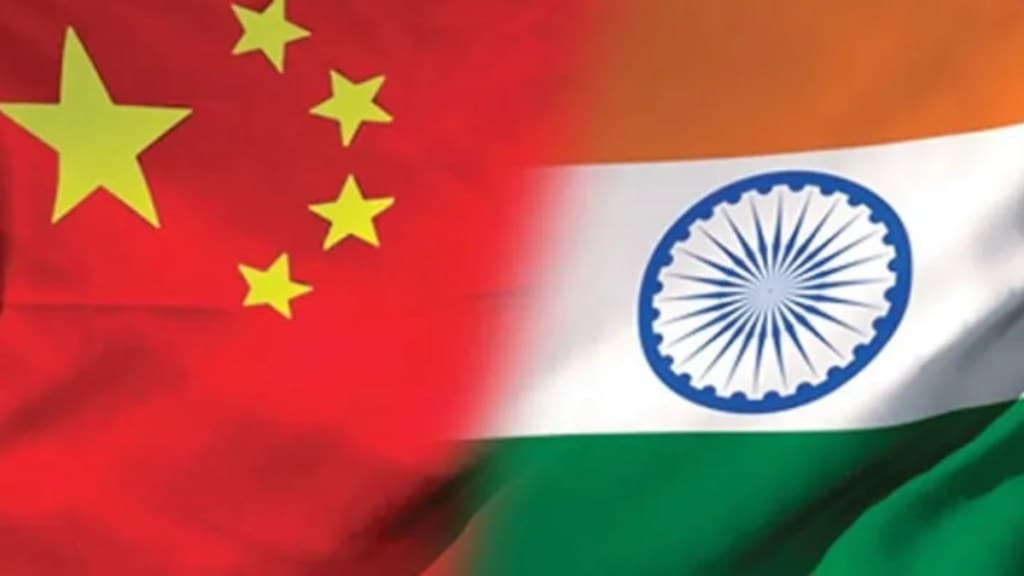By Anita Inder Singh
India’s new government will deal with a US which remains the world’s top policeman, but one whose power has been diminished by the Israel-Hamas war because of its inability to control Israel’s relentless flattening of Gaza, and Washington’s incremental military aid to Ukraine. The latter has led Ukraine to lose the initiative it gained in repelling Russia’s invasion in the first year of the war in 2022, and spurred Moscow to escalate the war and deliver several threats to use nuclear weapons, the last being on June 6.
Not even Russia’s comprehensive strategic partner China wants that. Additionally, Russia’s assault on Ukraine has been prolonged because of China’s diplomatic, economic, and — it is whispered — military support to Russia. India will continue to face the regional and global ramifications of that long war.
America is suffering from imperial overstretch and is finding it hard to cope with two hot wars — one in Europe and the other in the Middle East. A third war is possible in the Asia-Pacific over Taiwan. Fear of that war impelled President Biden to withdraw American forces from Afghanistan in August 2021. That shambolic withdrawal encouraged Russia to assume that America was a do-nothing power and probably encouraged it to invade Ukraine. An end to the Israel-Hamas conflict in Gaza and Russia’s war are unlikely in the foreseeable future. Both have international repercussions. Many Pacific Asians are concerned about the possible impact of America’s reliability, especially if China invades Taiwan.
War clouds are hanging over Pacific Asia. As Japanese Prime Minister Fumio Kishida has repeatedly said, “Today’s Ukraine may be the East Asia of tomorrow.” For America and its Pacific allies, including Japan, South Korea, the Philippines and Australia, it is essential to strengthen their security bonds.
Japan is destined to become the world’s third-largest military power within five years. The reasons include its technological advancement. In the field of technology, it is the only Asian country which can counter China.
Hopes of driving a wedge between China and Russia — entertained by both India and America — are unrealistic, given how much Beijing and Moscow have helped each other, especially over the last decade. Geographically Russia is a Eurasian power, and China a Pacific one. The Russia-China relationship has helped to make China an Arctic and Mediterranean power — an achievement since China does not have any coastline in those areas. In contrast, Russia has coastal frontiers in Europe, the Baltic Sea region, the Mediterranean and Pacific. The wide-ranging strategic ties with Russia have also enabled China to strengthen its position in the Middle East-Suez area. All this has been possible because China’s economic progress has empowered it to spread its military and economic tentacles worldwide.
As the senior partner in its relationship with Russia, China has been quick to show that it has the upper hand. Beijing does not want to buy as much Russian energy as Moscow would like and it wants to pay lower prices than Russia wants. But that will not upset their relationship because Ukraine-related Western sanctions on have made Russia too dependent on China.
China and Russia dislike the Quad, but Beijing is ultimately dismissive of the Quad which, because of a non-aligned India’s membership, is not a force against China. It is more concerned about the militarisation of Japan and the strengthening of US alliances. While Beijing has congratulated Prime Minister Modi on his electoral success, the state-steered Global Times is dismissive of India’s ability to compete economically with China. The paper identifies India’s society, especially the caste system, as the reason behind the limited education of Indians, which “directly impacts the overall labour productivity”. India’s long-term rise as the “world’s factory” will therefore be a long haul.
From ambitious global manufacturing goals to various domestic issues, Modi will face hurdles “not only about education levels but also cultural constraints”. The Global Times also sniggers at India’s dependence on China for Chinese goods and raw materials even as Modi talks about replacing the neighbour in the global supply chain. India-China trade touched $118 billion last year.
Economically, India’s absence from the Regional Comprehensive Economic Partnership, the largest regional economic pact in the world, shows its weakness against China. Vietnam, Indonesia, and Malaysia are all ahead of India. Free trade agreements (FTAs) with the European Free Trade Association and Australia cannot give India a strong regional or international presence. Talks with the European Union and Britain for FTAs have not made progress.
Generally, many multinationals are reluctant to leave China because of better investment conditions although labour is less expensive in India. Delhi pays scant attention to such complaints about investment conditions in India, which come even from some of its largest investors including Japan, America, and Germany.
Big business friends of India’s ruling establishment cannot cover up the problems stemming from a poorly educated workforce and the difficulties that small and medium enterprises confront in taking off. Protectionism leads many Indian manufacturers to dump shoddy goods on Indians — and ultimately works against India gaining ground in world markets.
Indo-US ties will continue to make progress, but India cannot help much in the Pacific — which is the top priority of America and its allies as they gear up for war over Taiwan and confront China’s claims to the South China Sea.
As geopolitical shifts trouble the world, India’s economic interests will be served if it uses its diplomatic skills to help the international community to end the hot wars being fought in Ukraine and the Middle East.
The author is a Founding professor, Centre for Peace and Conflict Resolution, New Delhi
Views are personal
